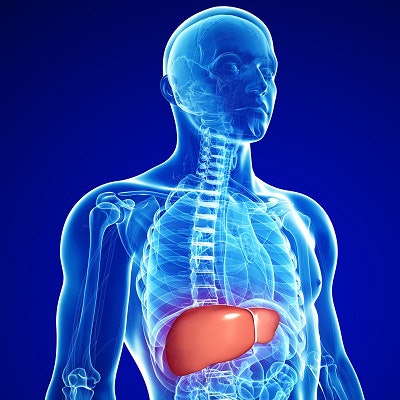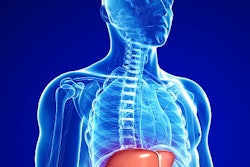
The guidelines for contrast-enhanced ultrasound (CEUS) of the liver received their first update since 2012. Global ultrasound societies banded together to publish the update in the October print issue of Ultrasound in Medicine and Biology.
The revamp of the guidelines and practice recommendations was spearheaded by the World Federation for Ultrasound in Medicine and Biology (WFUMB). The publication included the input of 38 authors from 16 countries, representing ultrasound societies around the world.
Like the first three iterations, the latest guidelines provide recommendations for CEUS imaging, education, and documentation for hepatic applications. The new version also provides more clinical evidence, as well as the perspective from clinicians in Asia (Ultrasound in Med. & Biol., October 2020, Vol. 46:10, pp. 2,579-2,604).
"These guidelines and recommendations provide general advice on the use of ultrasound contrast agents ... and are intended to create standard protocols for the use and administration of [ultrasound contrast] in liver applications on an international basis to improve the management of patients," wrote the authors, led by Dr. Christoph Dietrich, head of the internal medicine department at Hirslanden Beau Site, Salem und Permanence, in Bern, Switzerland.
A European ultrasound society published the first guidelines and good clinical practice recommendations for contrast ultrasound in the liver in 2004. Since then, four increasingly global editions have been released.
Importantly, the 2012 penultimate version did not precisely describe the differences between contrast agents or clearly indicate how to handle them. The 2020 version seeks to correct these shortcomings as well as expand and refine the updates using more global input and new evidence.
Like its predecessors, the 2020 recommendations are based on systematic literature searches and expert opinion when studies aren't available. The authors drafted 38 total recommendations, a departure from the 2012 version, which provided guidance in a summary format as opposed to a numerical one.
The dozens of recommendations fall into 13 topic categories, which include the differences between CEUS and other imaging modalities, detecting and characterizing focal liver lesions, and the use of CEUS for guided biopsies. The authors also list whether the recommendations are strong or weak.
Expanding on the 2012 version, the 2020 guidelines add a few new sections, including one on the use of intracavitary CEUS (ICCEUS), an increasingly popular tool for interventional procedures, such as evaluating obstruction and demonstrating successful cannulation. ICCEUS has the added benefit of being done at bedside with a portable system and limiting patient radiation exposure, the authors noted.
The 2020 guidelines also add a section on the use of contrast-enhanced intraoperative ultrasound (CE-IOUS). In a series of strong recommendations, the authors advised using CE-IOUS to detect and characterize focal liver lesions not identified preoperatively and to assess the region of resection for prior, regressed colorectal liver metastases.
Other strong recommendations include the following:
- Perform liver exams with B-mode and Doppler ultrasound before using CEUS to characterize focal liver lesions.
- Use CEUS to guide biopsies and ablation procedures for focal liver lesions that are invisible or inconspicuous on B-mode ultrasound.
- For patients with noncirrhotic livers, use CEUS as a first-line imaging modality if the patient has no history or clinical suspicion for malignancy. But if malignancy is suspected, reserve CEUS for inconclusive findings on CT or MRI or if both CT and MRI are contraindicated.
- For ultrasound-guided ablation procedures, CEUS is recommended for evaluating immediate treatment effects and, if needed, guiding prompt retreatment. It is also advised as a complementary modality for treatment planning as well as for longer-term treatment follow-up.
- CEUS should prioritized over modalities that use ionizing radiation for evaluating liver trauma in children.
Like prior versions, the guidelines maintain that contrast ultrasound is safe for intravenous use in adults and children, pointing to reviews that found much lower rates of deaths and adverse events than iodine- or gadolinium-based contrast agents.
The guidelines also tout the unique properties of CEUS that make it an ideal contrast-enhanced imaging method for liver lesions. Notably, ultrasound contrast agents can provide real-time imaging, can be administered more than once in a session, and are not excreted by the kidneys.
Because of these benefits, the authors often strongly recommended CEUS imaging for patients with inconclusive findings on another modality, as well as a first-line modality for children and patients with renal insufficiency.
"[CEUS] is reported to be invaluable in providing characterization of indeterminate focal liver lesions on CT, magnetic resonance imaging, and positron emission tomography," the authors wrote.



















